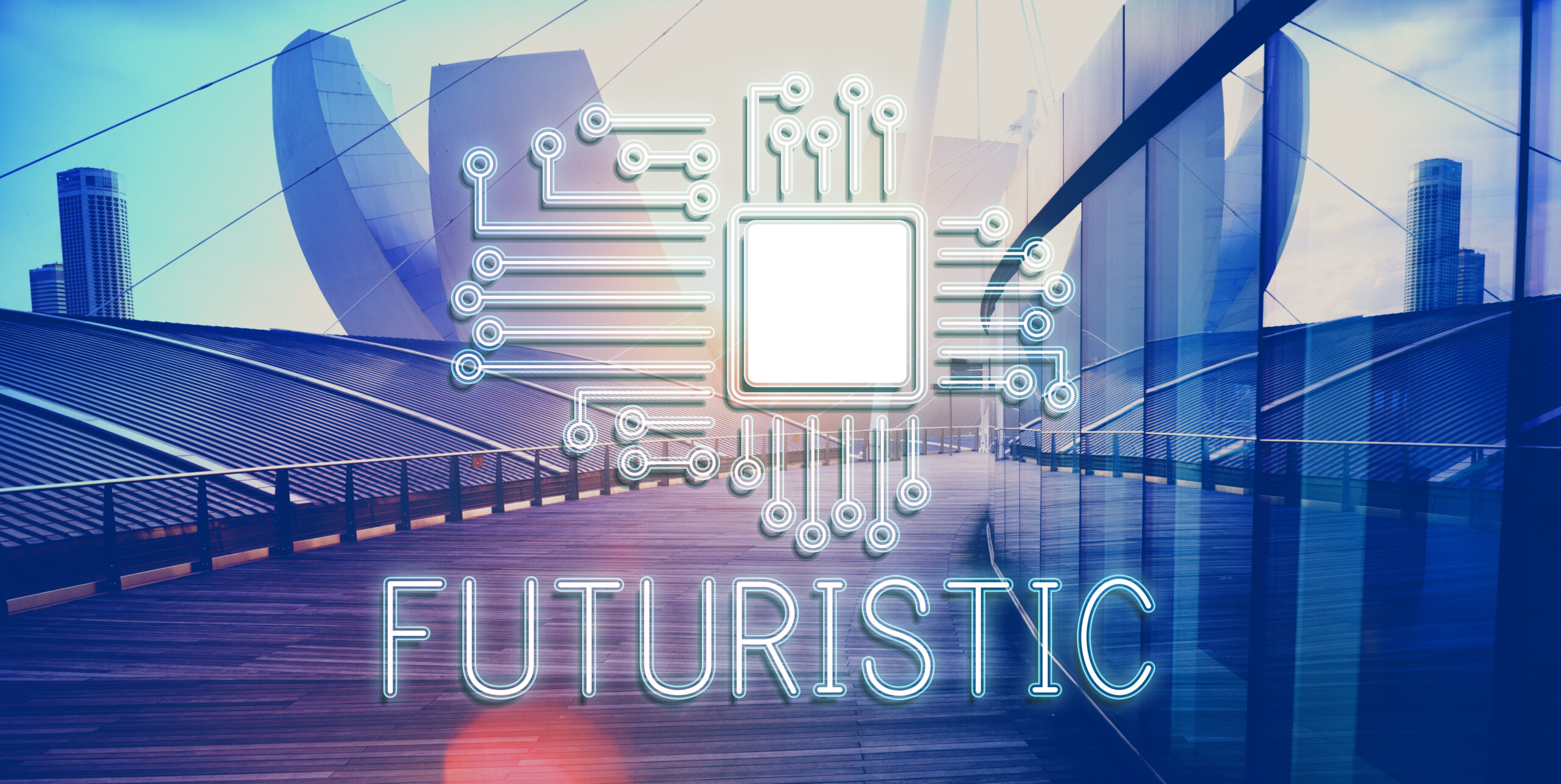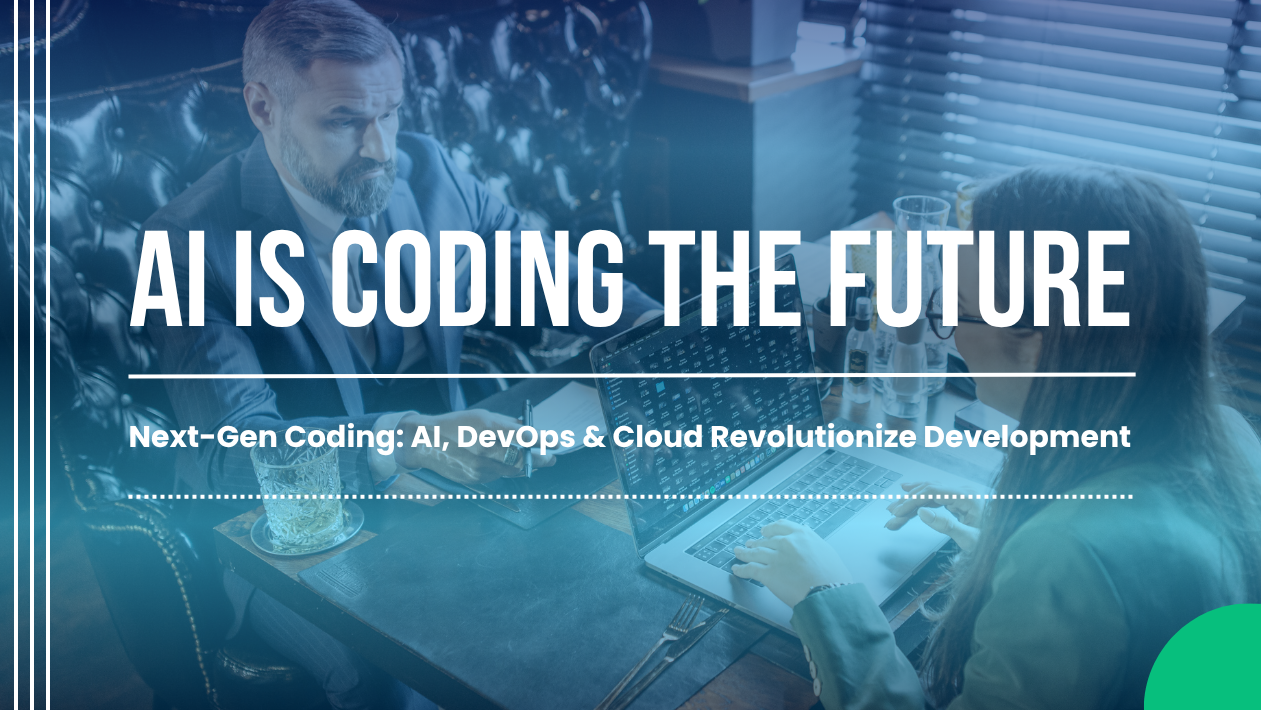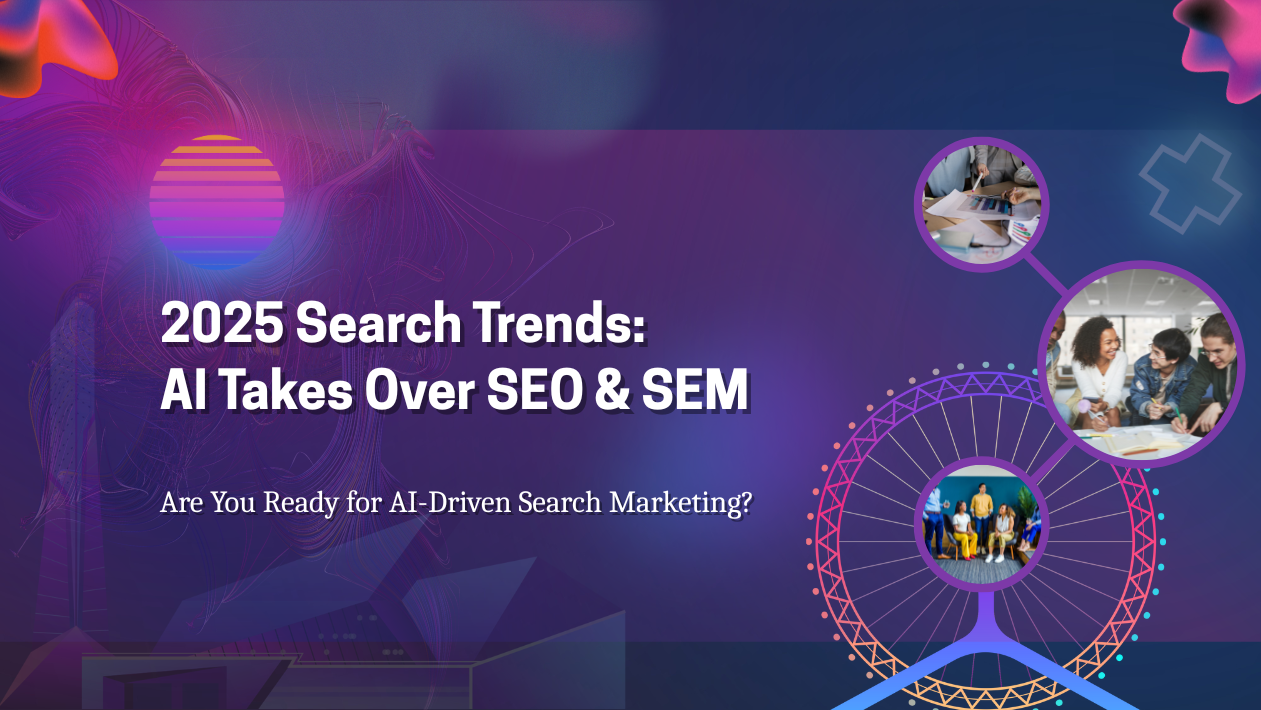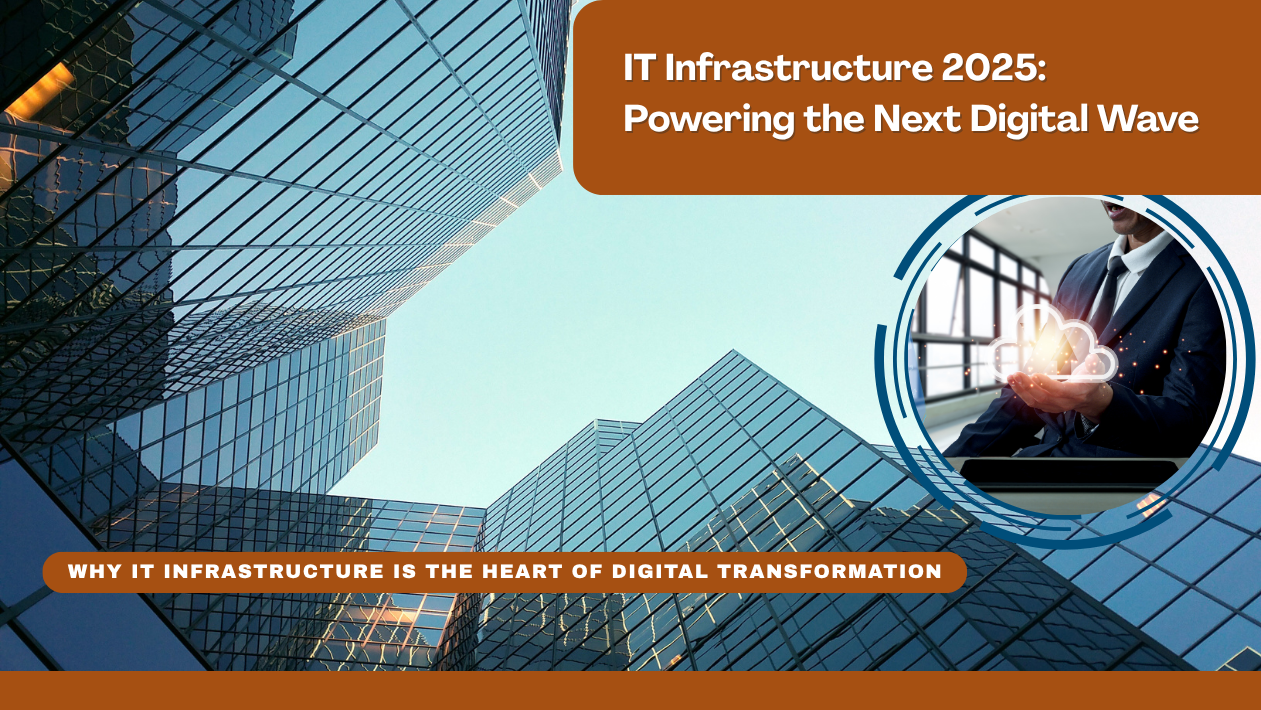Introduction
As artificial intelligence (AI) continues to permeate various sectors, the demand for specialized hardware to support AI workloads has surged. In 2025, AI-optimized IT infrastructure is not just a luxury but a necessity for businesses aiming to stay competitive.
The Rise of AI-Optimized Hardware
Traditional CPUs are increasingly being supplemented or replaced by specialized processors designed to handle AI tasks more efficiently. Graphics Processing Units (GPUs), Tensor Processing Units (TPUs), and Application-Specific Integrated Circuits (ASICs) are at the forefront of this transformation.
- GPUs: Initially designed for rendering graphics, GPUs are now extensively used in AI training and inference due to their parallel processing capabilities.
- TPUs: Developed by Google, TPUs are tailored for accelerating machine learning workloads, offering high throughput and low latency.
- ASICs: Custom-designed chips that offer unparalleled performance for specific AI tasks, albeit with less flexibility than GPUs or TPUs.
Integrating AI Hardware with IT Infrastructure
Integrating AI-optimized hardware into existing IT infrastructure requires careful planning and execution:
- Compatibility: Ensuring that new hardware is compatible with existing systems and software.
- Scalability: Designing infrastructure that can scale to accommodate increasing AI workloads.
- Cooling Solutions: Implementing advanced cooling solutions to manage the heat generated by high-performance AI hardware.
- Power Supply: Upgrading power supply systems to handle the increased demand from AI hardware.
The Role of Edge Computing
Edge computing plays a pivotal role in AI infrastructure by processing data closer to the source, reducing latency and bandwidth usage. In 2025, edge devices equipped with AI capabilities are becoming more prevalent, enabling real-time data processing in various applications, from autonomous vehicles to smart cities.
Challenges and Considerations
While AI-optimized hardware offers significant advantages, organizations must address several challenges:
- Cost: The high cost of specialized hardware can be a barrier for many businesses.
- Skill Gap: The need for specialized skills to manage and maintain AI hardware.
- Security: Protecting AI infrastructure from cyber threats is paramount.
Conclusion The integration of AI-optimized hardware into IT infrastructure is transforming how businesses operate and innovate. By embracing these advancements, organizations can harness the full potential of AI, driving efficiency and competitiveness in the digital age.





